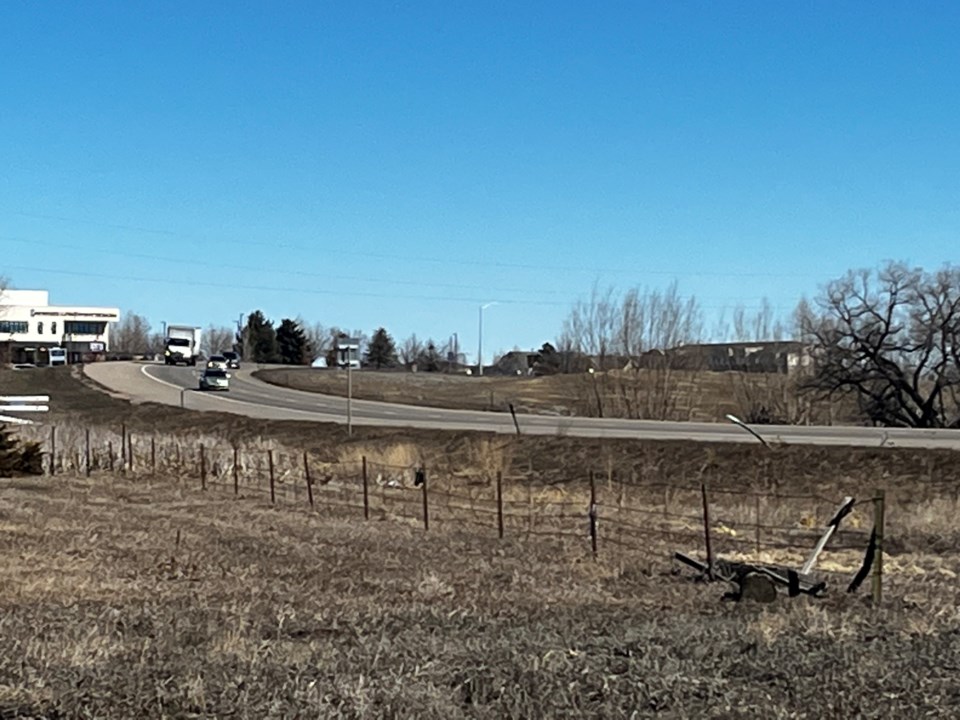Commuting Solutions received a $50,000 grant from the Colorado Department of Transportation this week for an innovative approach to eliminating emissions and reducing traffic congestion.
Commuting Solutions will use the funds to research local and national land use ordinances that promote best practices for local governments’ transportation goals.
“Land use decisions impact the ability of people to easily, safely and efficiently connect to transportation,” said Audrey DeBarros, executive director of Commuting Solutions.
The purpose of the project is to research ordinances in other cities across the country and in Colorado to determine the best practices for government transportation demand management strategies. It will also propose how existing ordinances can be improved upon to be more connected to transportation, DeBarros said.
It doesn’t have to look far for some of its initial research.
Denver passed an ordinance in 2020 with the intent to reduce 3% to 9% of single occupancy vehicle trips at new offices, commercial, industrial and residential developments, according to Commuting Solution’s grant application.
A study was conducted by Replica that recorded 880,000 single occupancy trips on a typical day in 2021 in the northwest metro region. If the predicted 2% growth rate holds this could result in 192,000 single occupancy trips per day within 10 years. This growth would be associated with new developments.
Commuting Solutions suggests that if even 25% of local governments adopt best practices for land use codes in terms of transportation it could lead to a possible reduction in of 1 million trips per year. Reductions could reach 4 million if all local governments adopted these ordinances.
“While the above benefits would be what accrue after 10 years of TDM ordinance implementation, benefits would begin accruing as soon as the first impacted development is occupied. The benefits would also accrue indefinitely and continue to grow over time as more developments are impacted by the regulations,” the grant application states.
“... local government staff are supportive of us sparking this regional conversation. So it is a new opportunity that local government staff are supporting and we look forward to seeing if local elected officials want to work regionally on this opportunity,” DeBarros said.
Commuting Solutions will spend the better part of the year hosting stakeholder workshops to finalize a framework to share with elected officials regionally and across the state.
“It’s an exciting time to be working to advance regional multi-modal transportation. There’s a lot of momentum that’s coming at a state and regional and local level. The more that we can work together to bring forth these opportunities and to face these challenges together, the more we will achieve,” DeBarros said.



